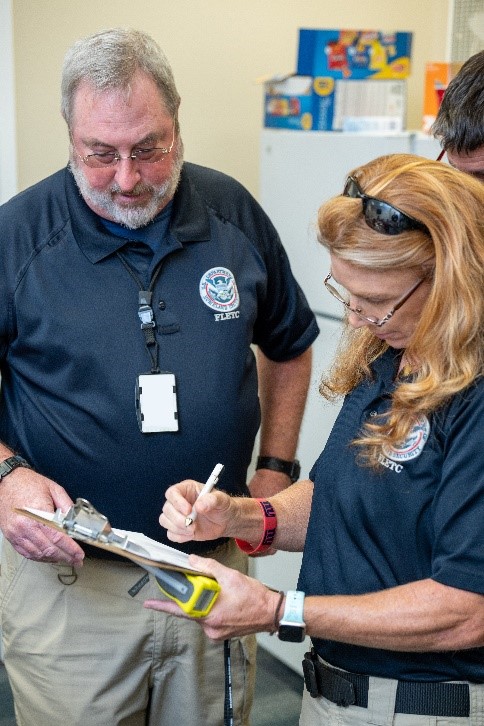According to the National Highway Traffic Safety Administration (NHTSA), every day about 37 people in the United States die in drunk-driving crashes that's one person every 39 minutes. The irresponsible and reckless acts of drunk drivers wreak havoc on their unsuspecting victims with the wounds extending far beyond the deceased. Stories of parents mourning the loss of a child, a grieving spouse adjusting to life without their partner, or somebody realizing they will never look into the eyes of their sibling again are much too commonplace in America. Adding to the devastation is the preventable nature of this offense.
“About one million arrests are made in the United States each year for driving under the influence of alcohol and/or drugs.” That is a small number compared to those who acknowledged driving under the influence. The 2020 National Survey on Drug Use and Health (NSDUH) states that there were around 18.5 million U.S. residents who admitted to driving under the influence of alcohol in the preceding year.

(FLETC OPA / Brian M. Jones)
To deal with these extreme figures, deterrence continues to be paramount in U.S. efforts to eradicate drunk driving. Offenders must suffer the consequences which requires law enforcement officers to be trained and prepared for the rigorous process that will lead to a conviction. NHTSA has developed curriculum for Driving While Intoxicated (DWI) Detection and a Standardized Field Sobriety Test (SFST) that law enforcement instructors can utilize to educate officers on the essential tasks and methodology required for prosecution.
The Federal law Enforcement Training Centers (FLETC) Driver and Marine Division has adopted this curriculum and teaches it to students through lecture, labs, and practical exercises. By the end of the training students can articulate the three phases of DWI detection, recognize and document clues discovered during their investigation, and build a solid case against a suspect. Crucial to the success of the training is the DWI Detection and Standardized Field Sobriety Testing Wet Lab.
The Wet Lab allows the students to experience an intoxicated individual in a controlled and safe environment where they can observe and conduct SFSTs. FLETC contracted role players participate in an in-depth and well documented process to reach a target Blood Alcohol Concentration (BrAC) between .10 and .14, at which point they begin to show the effects of alcohol. As students conduct the SFST on role players under the influence, they receive realistic feedback and responses.

Regardless of how many times they have performed the SFST in this role, the role players struggle to successfully follow directions or complete the physical portion of the test. Even if an individual can perform physically or effectively follow instructions, there is one element beyond their control, their eyes.
A drunk person’s eyes will exhibit nystagmus, which is an involuntary jerking of the eyes that the DWI suspect is typically not aware of. As instructors review the SFST with their students they probe for detailed articulation of the observed clues. When pressed by their instructors on whether they can testify to their clues in a court of law, it is common to hear the students declare that the eyes don’t lie.
Every clue that is gathered informs the students ability to determine the likelihood of their suspect’s intoxication. Ultimately the students will need to decide if the suspect will be arrested. With millions of dollars being spent every year fighting DWI cases, students must master every facet of a DWI investigation and ensure they have meticulously documented all evidence. The emphasis on comprehensive and realistic training at FLETC prepares officers to take the stand and testify to their evidence. Each successful prosecution hopefully sends a sound reminder not to drink and drive.
###
Federal Law Enforcement Training Centers
Office of Public Affairs
Contact: 912-267-2447

